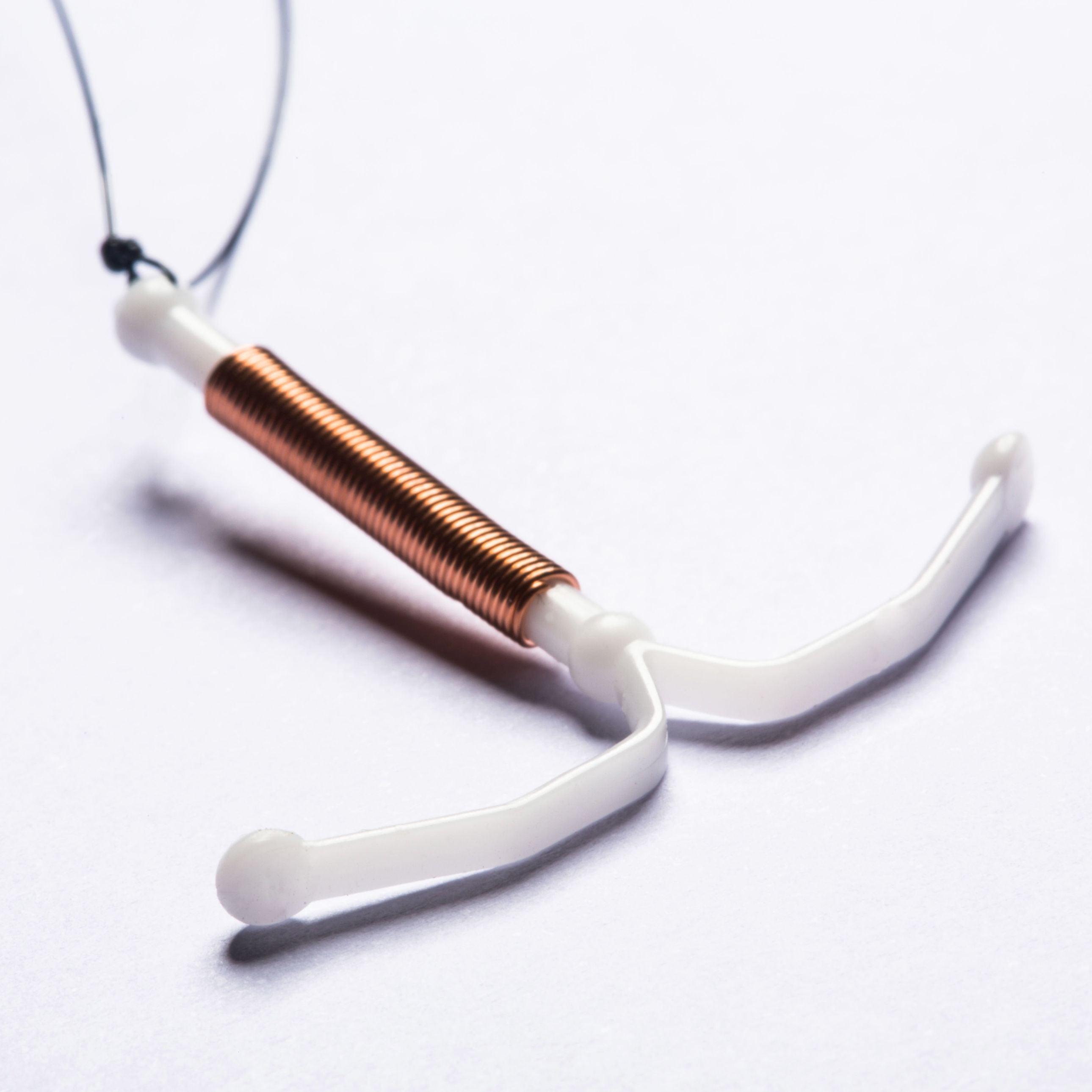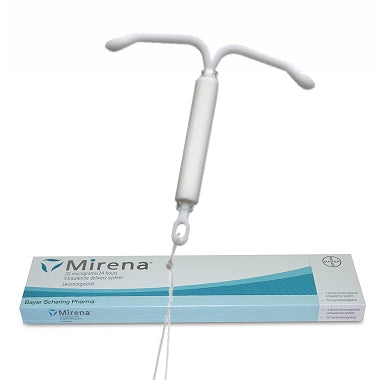Paragard (Levonorgestrel-Intrauterine Device) Intrauterine Device
Generic
Levonorgestrel {Intrauterine Device} (Generic Equivalent to Paragard)
Levonorgestrel {Intrauterine Device} (Generic Equivalent to Paragard)
Paragard is smaller and more flexible than you may think. It’s made primarily of soft, flexible plastic wrapped with a thin layer of copper around the arms and stem. Once in place, you shouldn’t be able to feel it at all.
Paragard is a small IUD (intrauterine device) that uses just 1 simple active ingredient to prevent pregnancy over 99% of the time.
It’s placed in your uterus by a healthcare provider during a routine office visit to prevent pregnancy for as short or long as you want—up to 10 years.
Uses Of Paragard Intrauterine Device
• Birth Control
• Contraception
Benefits Of Paragard Intrauterine Device
A copper IUD offers the following benefits to having:
• It is effective
• It is long lasting
• A person does not have to worry about using it incorrectly
• Removal does not affect a person’s fertility
A copper IUD is a non- hormonal form of birth control.
The copper IUD does not release any hormones in the body. This means that people who cannot have hormonal contraceptives due to preferences or medical reasons may find the copper IUD better than contraceptives.
Another benefit of the copper IUD is that it can act as an emergency contraceptive.
Side Effects Of Paragard Intrauterine Device
The most common side effect of the copper IUD is irregular and heavy bleeding. Periods may get heavier while using the copper IUD. Blood loss can increase from 30–50%.
Another side effect is an increased risk of period pain
Women who have had children tend to experience fewer adverse side effects than women who have never given birth.
According to Planned Parenthood, other side effects include:
• Pain during the insertion of the copper IUD
• Cramping and backache for a few days after insertion
These side effects typically go away within 3–6 months for most people. However, anyone who experiences symptoms that do not go away or interfere with daily life should consider seeing a healthcare professional.
How To Use Paragard Intrauterine Device
A healthcare professional may offer medicine to open or numb the cervix.
The healthcare professional will then use a speculum to open the vagina and use a special instrument to insert the IUD through the cervix’s opening and into the uterus.
Typically, this process only takes about 5 minutes.
Some people experience pain, a backache, mild cramping, and heavier periods after the insertion of an IUD. Typically, these side effects last just a short time. However, all symptoms tend to go away in 3–6 months.
Sometimes, an IUD might slip out during the first 3 months. When this occurs, it is likely to be during menstruation. It is important to check any sanitary products for the IUD.
Once the IUD is out, a person has no protection from pregnancy.
It is essential not to tug the strings of the IUD. This can lead to the IUD being dislodged or move it out of place, which might affect its ability to prevent pregnancy.
How Does It Work
Copper acts as a spermicide. It changes the way that sperm move so they are not able to swim to an egg and prevents the sperm’s head from breaking through an unfertilized egg.
Planned Parenthood warn that while the copper IUD prevents unintended pregnancies, it does not protect against sexually transmitted infections (STIs).
To help prevent STIs, a person should use barrier methods of birth control, such as male or female condoms during oral or penetrative sex or dental dams for oral sex.


